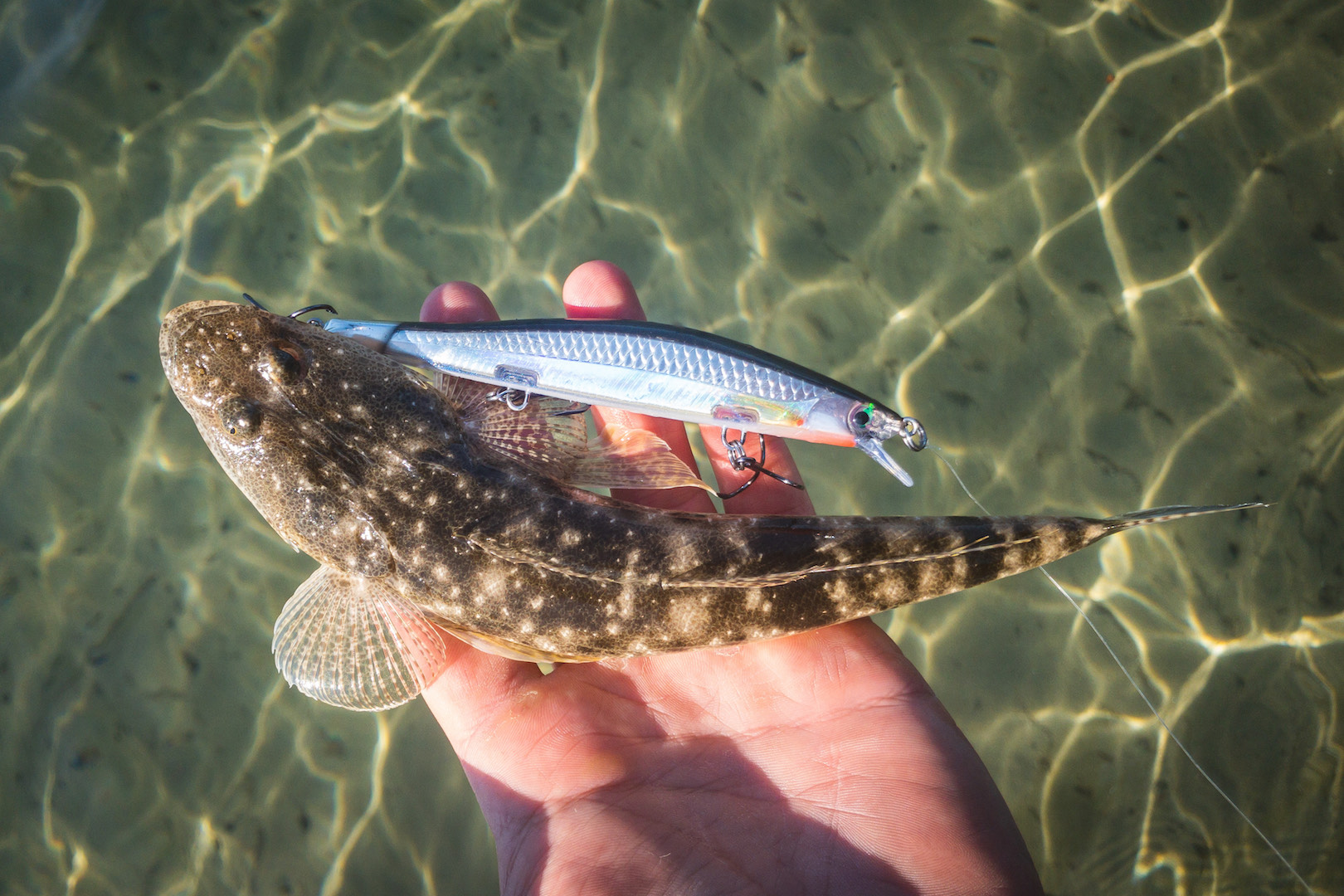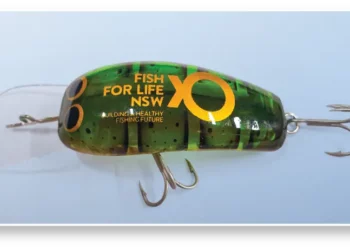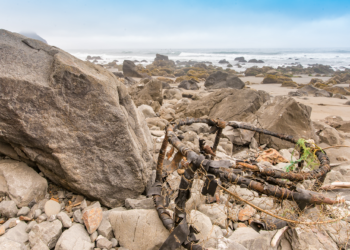
THE CSIRO recently reported on a study of the human genome which indicated that the maximum natural lifespan of humans is 38 years, confirming previous research into the life expectancy of early modern humans. Over the centuries, changes in lifestyle and advances in medicine have meant that our expected “natural lifespan” has more than doubled.
That’s probably no surprise to owners of old dogs, where vets work minor miracles to keep them going to their mid-teens. Their ancestors in the wild, wolves, are lucky to make it to eight. And then there are super long-lived species like bowhead whales. Genomic research gives them a maximum lifespan of 268 years.
So, what’s that got to do with fish bag and size limits? Well, the more research that’s done on wild fish species the more it creates questions about our fisheries management agencies’ approach to recreational catch management.
Traditionally the approach has been to set bag and size limits based on the age a which a particular species matures and ideally has the chance of breeding at least once before being caught. In some states and territories this is supplemented with some seasonal or area closures, usually in response to short or long term over exploitation. There are difficulties with this, and both the recreational and commercial sectors contribute.
There are still plenty of reccies who want to take their bag limits every time they fish, particularly on trips or holidays. If they can, they’ll fill freezers with fillets to see them through the weeks or months they can’t fish. If there are suggestions of reducing bag limits or increasing size limits, they’ll often complain. Then there are pros who say that increasing size limits or reducing quotas will send them out of business. Result: for some species, size limits are too low to allow for that first breeding (kingfish and rock blackfish spring to mind) and size limits may be too generous.
When you overlay recent research findings on various species, a whole bunch of other issues pop up. The previously mentioned eastern rock blackfish was studied with NSW rec licence funding and findings indicated that a 60cm fish could be 45 years of age, similar to a golden snapper or fingermark from up north. You can legally catch and keep 10 rock blackfish per day with no overall possession limit. And the study further found that sexual maturity occurs above the 30cm size limit. No wonder many old rock blackfish hot spots have been cleaned out.
And just to complicate things even more, we now know that the extremely popular (and delicious) mahi mahi and cobia are extremely fast growing, maybe 60cm in one year, which has got aquaculturists slavering. And the poor old orange roughy nearly went extinct before it was realised that the spawning aggregation fish being commercially targeted could have been 150 years old.
Much more complicated than for humans and dogs. Maybe it’s time for a commonwealth or state agency to fund a whippy young researcher to take a totally fresh look at size and bag limits and how applicable they are over this disparate range of fish species. Not just a re-setting of current limits using old paradigms, but a whole rethink of what we’re trying to achieve and why.
















